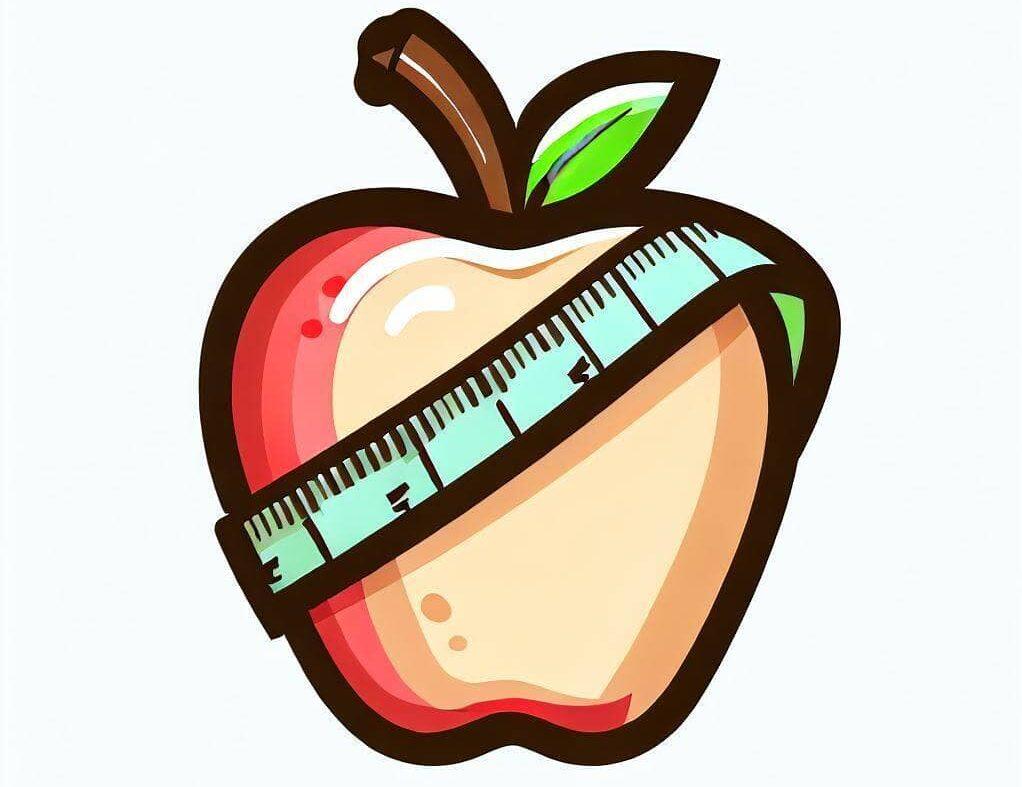Is Mac and Cheese Good For Weight Loss?
This post may contain affiliate links which means I may receive a commission for purchases made through links at no extra cost to you. See my disclosure policy for more information.
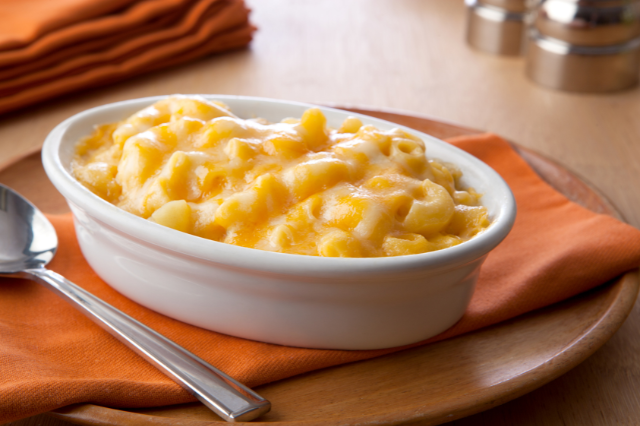
Is mac and cheese good for weight loss? No, a typical mac and cheese is not good for weight loss because it is high in fat, carbs, and well overall calories.
But the good news is that it can be modified to be more suitable for a weight loss diet by using healthier ingredients like whole grain pasta, low-fat cheese, and adding vegetables.
Stick around and I’ll show you how you can make this happen.
Nutritional Value Of Mac And Cheese
As per the USDA, 1 cup of homemade traditional macaroni and cheese contains the following nutrients:
Serving Size: 1 cup (230 g)
Calories: 513
Protein: 20 g
Carbs: 53 g
Sugar: 5 g
Fiber: 2.7 g
Fat: 24.2 g
Potential Benefits of Mac And Cheese For Weight Loss
You might find this surprising, but traditional mac and cheese, as it’s commonly prepared, doesn’t offer any real benefits for weight loss.
It’s tempting to point out that cheese in mac and cheese contains calcium and protein, suggesting potential benefits.
However, in the grand scheme of weight loss, these nutrients don’t tip the scale in favor of this dish.
Weight loss is more about the overall nutritional profile and calorie content of your diet rather than isolated nutrients in a single food.
But what about its high protein content?
Yes, mac and cheese certainly does contain high protein, thanks to the cheese. But, it’s crucial to look at the food as a whole.
Just like an energy drink might be high in Vitamin B12 but loaded with sugar, mac and cheese’s protein content doesn’t negate its high fat and carbohydrate content.
In weight loss, balance is key, and mac and cheese tend to tip the scales (literally) in the wrong direction.
The point I am making is that some foods might be high in one beneficial nutrient, you have to consider the entire nutritional makeup.
Foods “good” for weight loss typically have a more balanced profile with fewer calories, more fiber, and a healthier mix of nutrients than what mac and cheese offers.
Downsides Of Mac And Cheese For Weight Loss
Well, well, well (rolls up my sleeves). Finally, Let’s discuss why mac and cheese is bad for weight loss.
It is High in Calories
Mac and cheese are typically made with pasta, cheese, butter, or cream, all of which are calorie-dense. Pasta, especially if not whole grain, is high in calories without being particularly filling.
Cheese and butter are sources of fat, which is more calorie-dense than protein or carbohydrates.
When trying to lose weight, creating a calorie deficit (burning more calories than you consume) is essential.
High-calorie foods like mac and cheese can quickly use up a significant portion of your daily calorie budget, making it harder to maintain this deficit.
Not all calories are equal. For instance, calories from omega-3 fatty acids (found in foods like fish and flaxseeds) are more beneficial than those from trans fats (found in many processed foods).
Omega-3s support heart health and can reduce inflammation, while trans fats can contribute to heart disease and inflammation.
Mac and cheese typically lack these beneficial nutrients and instead may contain less healthy fats.
High in Carbohydrates
The pasta in mac and cheese is typically made from refined flour, which is a source of simple carbohydrates.
These carbs are digested quickly and can lead to rapid increases in blood sugar and insulin levels. This spike is often followed by a rapid drop in blood sugar, which can trigger hunger, even shortly after eating.
This cycle can contribute to increased appetite and a tendency to overeat, which is counterproductive when trying to lose weight.
For weight loss, it’s often recommended to focus on complex carbohydrates, like those in whole grains, which are digested more slowly and provide a steadier source of energy.
Also Read: Smoothie Vs Milkshake For Weight Loss
High in Fat
It’s important to differentiate between types of fats. Unsaturated fats, like those in avocados and olive oil, are considered healthy and can be beneficial in a weight loss diet.
Saturated fats, often found in high quantities in cheese and butter, should be consumed in moderation.
Cheese and butter, key ingredients in mac and cheese, are high in saturated fats.
While fats are essential for many bodily functions, they are also very calorie-dense (9 calories per gram, compared to 4 calories per gram for carbs and proteins).
Consuming high-fat foods can quickly lead to a high-calorie intake. Moreover, the type of fat matters: saturated fats, prevalent in mac and cheese, are not as beneficial for heart health as unsaturated fats.
Potential Overeating
The combination of a rich, creamy texture and a comforting taste makes mac and cheese particularly palatable and enjoyable.
This can lead to eating larger portions than intended, as it’s easy to underestimate how many calories you’re consuming, especially in a dish like mac and cheese that’s high in fats and carbs.
Portion control becomes a challenge, and consistently consuming larger portions can lead to a calorie surplus, hindering weight loss efforts.
How To Make Mac And Cheese Weight Loss-Friendly?
Make Your Own Mac And Cheese

Before we even try to make mac and cheese healthier, you must make your own mac and cheese at home. When you prepare mac and cheese at home, you have complete control over what goes into it.
This is vital because, at a restaurant, you can’t be sure of the ingredients used.
Most places tend to stick to the traditional, rich recipe, which often includes high-fat, high-calorie ingredients that aren’t conducive to weight loss.
By cooking at home, you can make all the healthy swaps that I ll talk about below. This way, you can transform an otherwise indulgent dish into one that fits into your weight loss plan.
Swap Pasta for Cauliflower or Broccoli
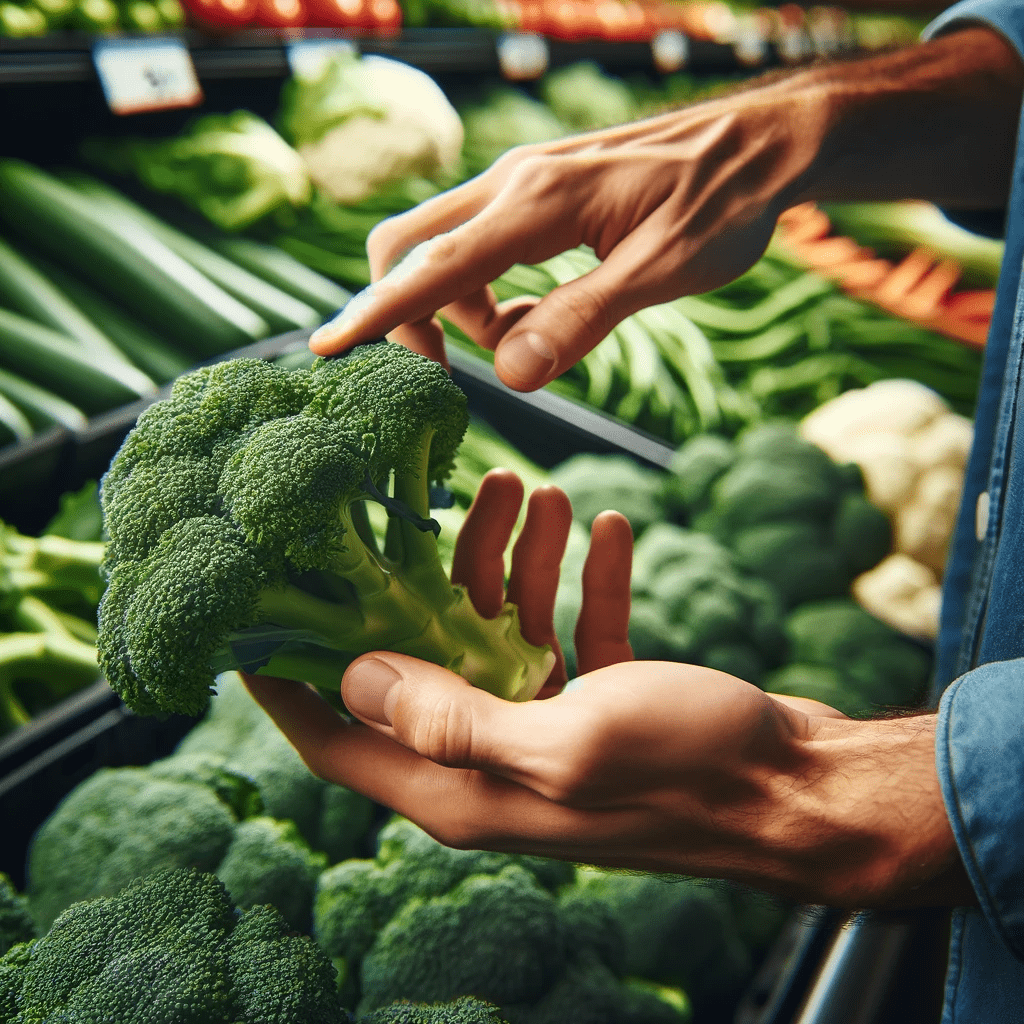
“WHAT WHY”? I know this changes the whole dish itself, but it can still be tasty and weight-loss-friendly. Because when you swap out the plain macaroni, the carb content takes a nose dive.
This is good for weight loss. because the problem with high carbs is that they can create a huge spike in your bloodstream and a crash that follows, this creates two problems for you, one is that you feel an energy crash and then you may feel hungry again. Crazy I know but that’s just how it works.
So when we attack the root cause of mac and cheese, which I am calling Mr. Mac, we reduce the carb content and make the dish weight loss friendly.
Also Read: Is Pasta Salad Good For Weight Loss?
Use Whole Grain Pasta If You Want It That Bad
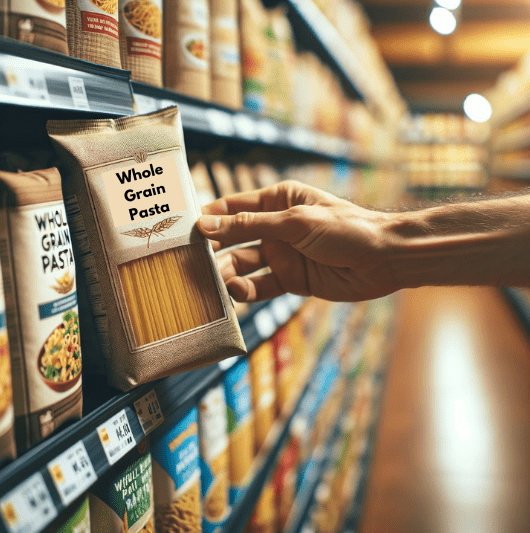
If you really love your pasta so much and you have to eat it. Go for whole grain ones instead because it has both soluble and insoluble fiber.
Why should you care about this? Well when you eat foods high in these two types of fiber, when the chewed food reaches the first part of the small intestine, the insoluble fiber in it forms a net-like structure on top of the nutrient-absorbing areas known as villis and the soluble fiber fills the gaps.
This combination creates a barrier that limits the absorption of simple carbohydrates, preventing a rapid blood sugar spike.
By slowing carbohydrate absorption, this fiber barrier helps to moderate blood sugar levels and the corresponding insulin response.
This is important for weight loss because rapid spikes and drops in blood sugar can lead to increased hunger and cravings, making it harder to stick to a weight-loss diet.
Plus fiber-rich foods like whole-grain pasta take longer to digest, which can help you feel full for a longer period. This feeling of fullness can help reduce overall calorie intake, which is beneficial for weight loss.
Also Read: Best Time To Eat Pasta For Weight Loss
Increase Lean Protein Content
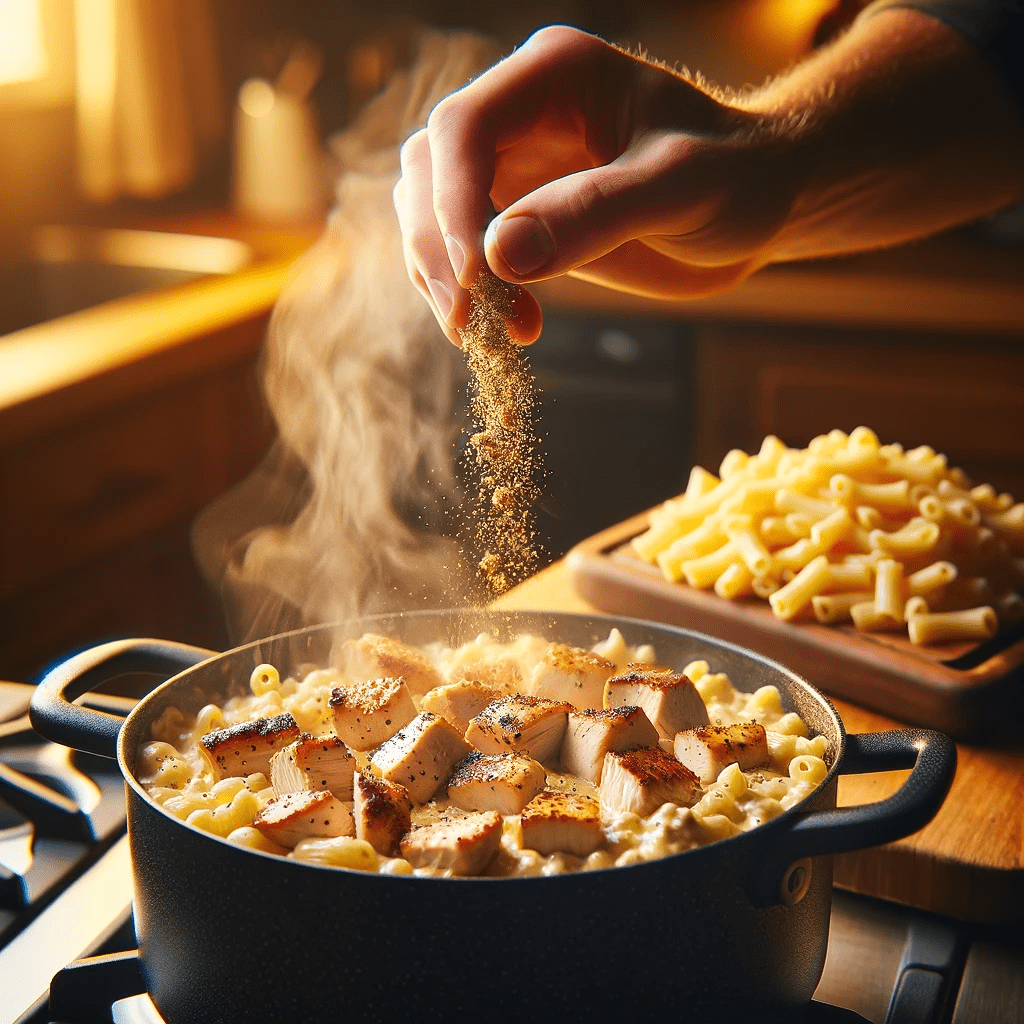
Traditional mac and cheese does have good enough protein, thanks to the cheese. But the catch is, it comes attached with a lot of fat. That’s not ideal if you’re trying to lose weight.
One quick swap is to switch out the regular pasta for something made from chickpeas or beans. This swap not only ups the protein content but also adds more fiber, which I explained above why is helpful for your weight loss goals.
but if bean pasta isn’t your thing, no problem. You can stick with whole-grain pasta then, take it up a notch by adding lean protein sources.
I am talking about diced chicken breast, tuna, or even beans. These are all excellent choices to make your mac and cheese more protein-rich without loading it with extra fat.
The key here is keeping the protein high but from lean sources. This way, you get the benefits of protein (like feeling full) without the downside of extra fat.
Do Smart Swaps for a Lighter Cheese
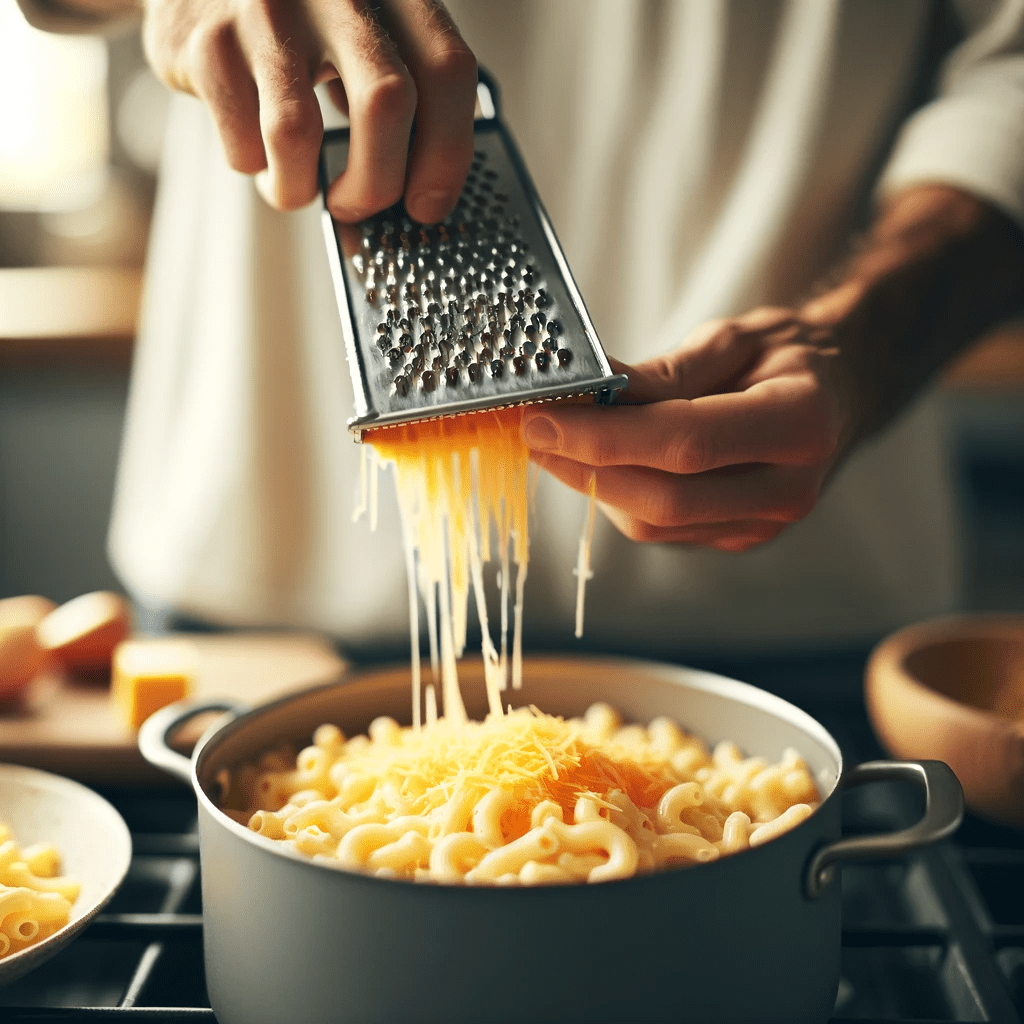
Look I generally appreciate the benefits of full-fat dairy, but there are times when going low-fat makes more sense, especially in the context of weight loss.
In a dish like mac and cheese, the cheese is a major contributor to the total fat – and therefore calorie – content.
By going for low-fat milk and cheese, you can cut down on those sneaky calories without sacrificing too much on taste and texture.
But if you’re not keen on low-fat options, another strategy is to simply use less cheese than usual. Cutting the amount of cheese in half can drastically reduce the calories in the dish.
It’s all about finding the right balance for your dietary goals. In this case, we’re aiming to make your beloved dish more weight-loss-friendly without losing its taste.
By either choosing low-fat dairy products or reducing the amount of cheese, you get a lighter version of mac and cheese that aligns better with your weight loss goals.
Add Vegetables to Boost Fiber
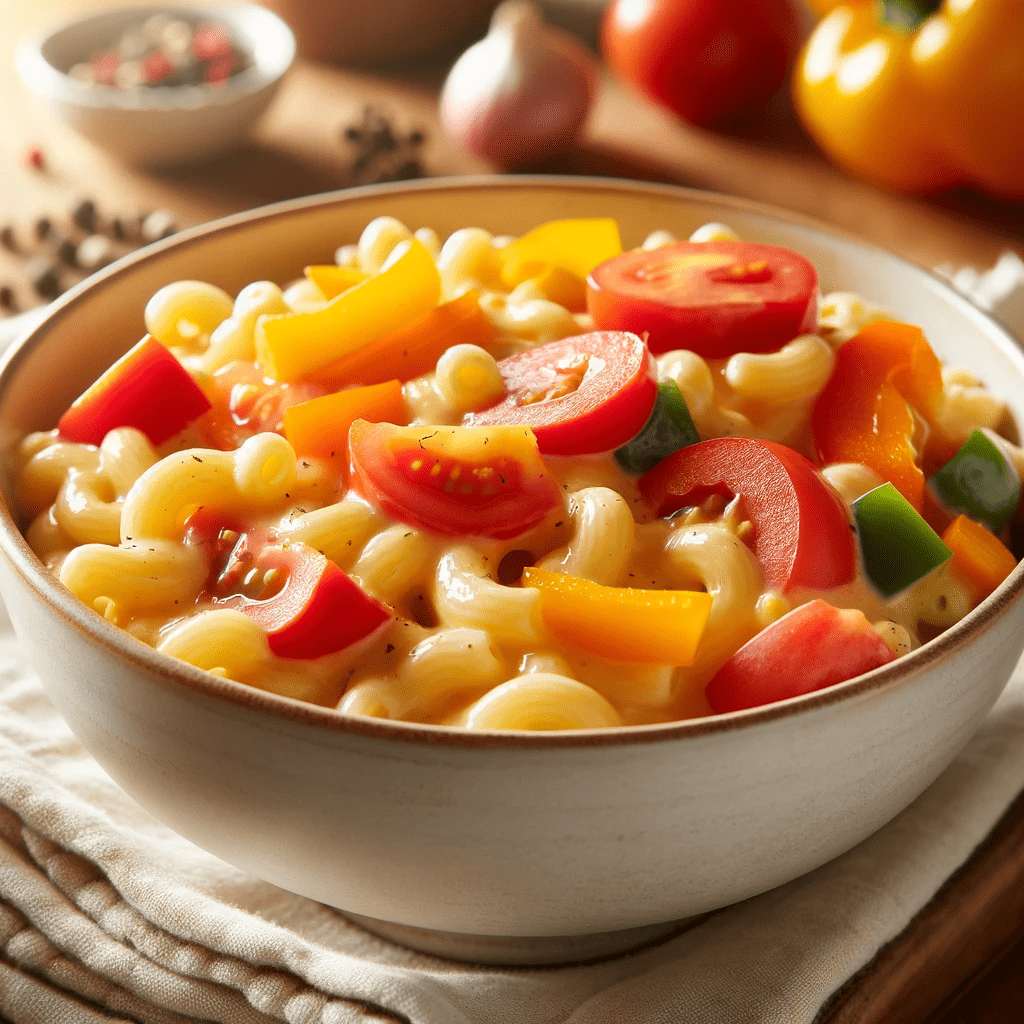
As I explained above, fiber is really important. – you want it around when you’re trying to lose weight or in general.
Experts, like those at the USDA, say you should get at least 25 grams of fiber each day. Some say it could even be more, maybe 30 to 50 grams. For now, sticking to at least 25 grams is a good start.
Adding vegetables to your mac and cheese isn’t just about bumping up the fiber; it’s also about packing more nutrients into your meal.
Mac and cheese, as yummy as it is, isn’t exactly loaded with vitamins and minerals. But throw in some veggies, and you’re suddenly turning it into a much healthier dish.
This is especially important when you’re trying to lose weight. You want to make sure you’re feeding your body the best stuff possible.
Also Read: Is Caprese Salad Good For Weight Loss?
Weight Loss-Friendly Mac and Cheese Recipe
To demonstrate how you can make a healthy mac and cheese. Here is a recipe you can try out.
Ingredients:
2 cups Whole Grain or Legume-based Pasta
1 cup Lean Protein, such as:
Diced Chicken Breast
Canned Tuna (drained)
Cooked Beans
2 cups Almond Milk
1.5 cups Shredded Low-Fat Cheese
1/2 cup Spinach, chopped
1/2 cup Tomatoes, diced
1/2 cup Bell Peppers, diced
1 tsp Garlic Powder
1/2 tsp Mustard Powder
1/4 tsp Black Pepper
Salt to taste (optional)
Directions:
1. Cook your whole grain or legume-based pasta according to package instructions.
2. Cook your lean protein – chicken, tuna, or beans. If using chicken, cook it until it’s no longer pink inside. For beans, you can use canned for convenience, just make sure to drain and rinse them.
3. To make the cheesy sauce, heat low-fat milk in a saucepan and add your low-fat cheese (or half the regular amount of parmesan cheese).
4. Stir until you have a smooth, creamy sauce. Season with garlic powder, mustard powder, and a pinch of black pepper for extra flavor.
5. Chop your chosen vegetables and sauté them lightly. This step not only adds fiber but also infuses your dish with essential nutrients.
6. Mix your cauliflower/broccoli or pasta with the cooked protein, sautéed vegetables, and cheese sauce.
7. Pour everything into a baking dish and bake in a preheated oven at 350°F (175°C) for about 20 minutes, or until the top is slightly golden.
Conclusion
Regular mac and cheese is not good for losing weight because it’s full of fats, carbs, and a lot of calories.
But as long as you do some smart swaps of ingredients you can make it fit your healthy diet, and still enjoy your favorite dish.
By following these tips, you can enjoy a healthy homemade mac and cheese that aligns with your weight loss goals
FAQ
Can I eat mac and cheese on a diet?
Yes, you can eat mac and cheese on a diet, but it’s best to opt for a healthier version, like one made with whole grain pasta, low-fat cheese and added vegetables to keep the calorie count down and nutrition up.
Can I eat macaroni and still lose weight?
Yes, you can eat macaroni and still lose weight, provided you control portion sizes and choose whole-grain versions for added fiber. It’s all about maintaining a calorie deficit overall.
Can I eat cheese and still lose weight?
Yes, cheese can be included in a weight-loss diet. Opt for low-fat varieties and be mindful of portion sizes. Cheese is calorie-dense, so moderation is key.
Why is mac and cheese healthy?
Traditional mac and cheese isn’t typically considered healthy due to its high calorie and fat content. However, with modifications like using whole grain pasta, low-fat cheese, and adding vegetables, it can be made healthier and more nutrient-dense.
This post may contain affiliate links which means I may receive a commission for purchases made through links at no extra cost to you. See my disclosure policy for more information.
Rahul is a professional nutritionist certified by the International Sports Sciences Association (ISSA) and a personal trainer certified through the American Council of Exercise (ACE). He has a special interest in the science of nutrition and how it can impact the body.
